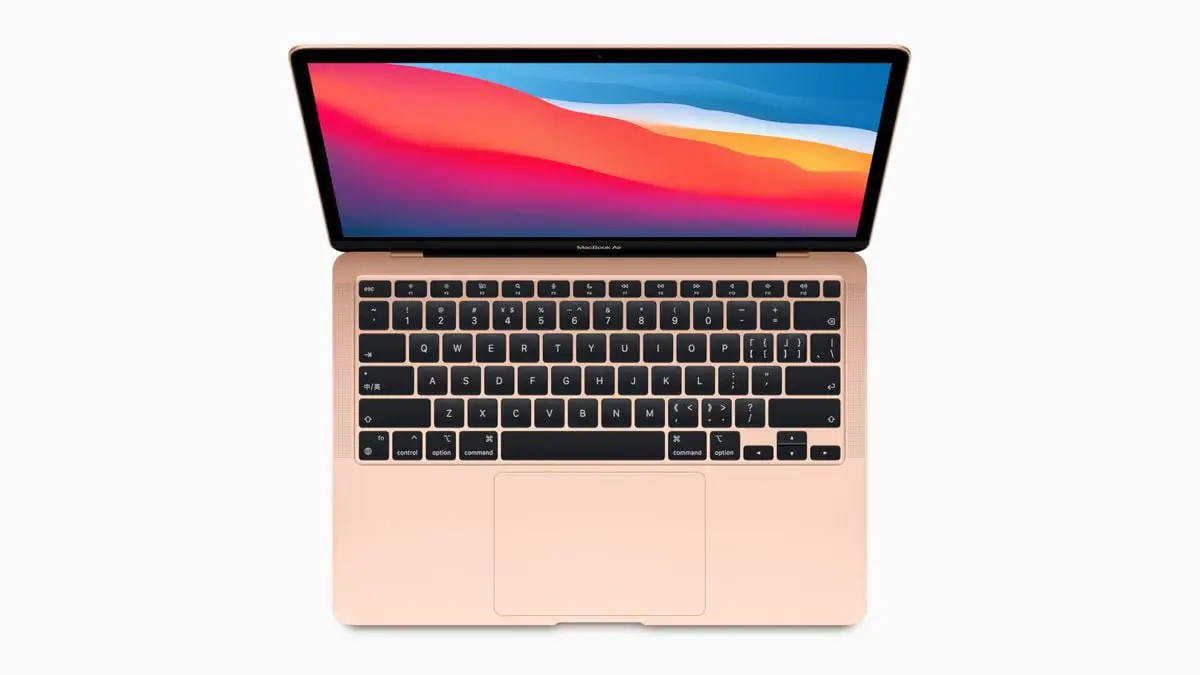A new Apple patent explains how it could create a retractable keyboard for MacBook laptops, gaining space that would make them even thinner and lighter.
There was a time when Apple was obsessed with reducing the thickness and weight of its laptops. The MacBook Air was born to prioritize that aspect, but it soon affected the rest of the laptops in the range as well.
In its crusade for minimum thickness, Apple had to accept some sacrifices, such as the elimination of traditional USB-A ports, and these encouraged the appearance of design flaws in the MacBook Pro that would break the screen after a while of use.
In recent years, that has ceased to be a priority, and for several generations now Apple has preferred to invest in new processors for MacBooks, and in replacing the controversial butterfly keyboard.
Thinner Apple MacBook
But Apple would only have paused this ambition, not ruled it out completely. Rumor has it that future MacBooks will take better advantage of the new ARM processors, which don’t heat up as much and therefore allow a chassis design with less space for internal components.
Now, an approved U.S. patent discovered by Patently Apple gives us another piece of the puzzle: A technology that makes it possible to create thinner laptops by saving space on a vital component: The keyboard. In effect, Apple wants to reinvent the keyboard but hopes that this time, it will come out better than with the butterfly keyboard.

The patented design is for a retractable keyboard, based on a system of magnets that will allow the keys to go up only when we are using them. With the notebook closed, the keys will go down and that will allow obtaining a smaller thickness; With the notebook open, the keys will go up and offer a trip suitable for use.
Using magnetism
The ‘substrate’ on which the keys would be installed would include a coil that would allow the material to be magnetized and demagnetized, moving the keys between two different positions as needed.

Of course, to maintain this magnetization it would be necessary to constantly supply power, consuming more battery while the laptop is closed with the keys down; However, Apple proposes that this would not be necessary, thanks to a “persistent magnetic field” in the material used. For example, magnetic alloys based on aluminum, nickel, cobalt, and iron, or chromium, cobalt, and iron could be used for these materials.
It is such an advanced system that it is probably not yet ready to be implemented in the next MacBooks; Or it may never even reach the market, as is the case with all Apple patents and all other manufacturers.





